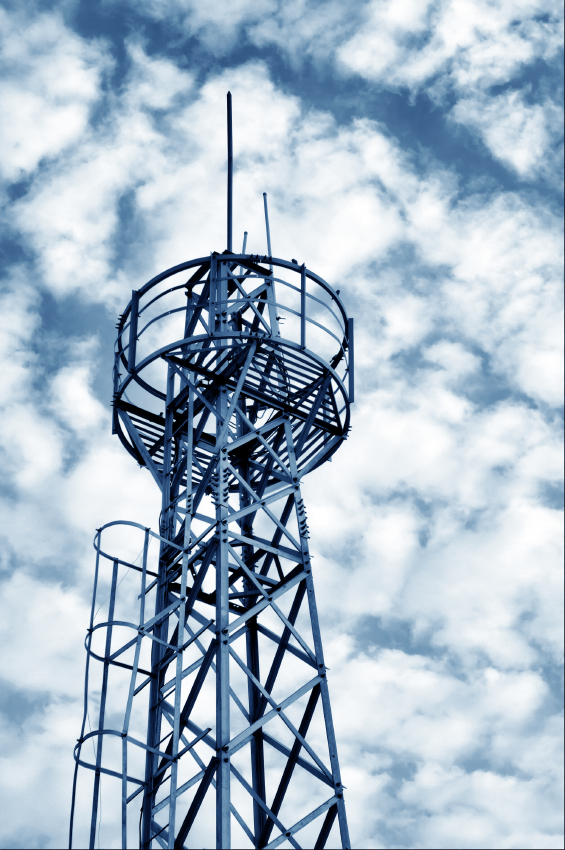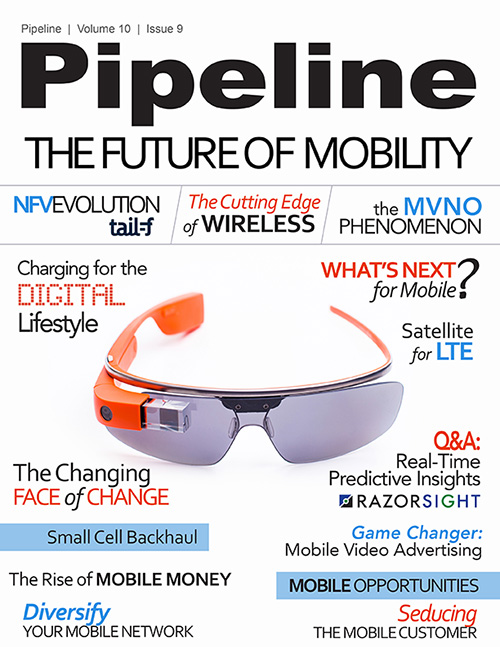Making Mobile Networks As Diverse As The Experiences They Deliver
By: Nery Strasman

It’s the first day of 2014, a work day here in Israel. I used Waze to navigate my way around traffic and get to the office. Waiting for the elevator, I watched the highlights of Maccabi Tel Aviv’s recent two-point basketball victory. While walking through the office, I called my wife to check on our dinner plans for this evening. She reminded me that I had to submit some funds for our son’s school trip, which I took care of on the spot with a banking app.
As you’ve probably surmised, I did all of these things on my smartphone. Were today the first day of 2007 instead of 2014, the call with my wife is about as far as my mobile phone could have taken me. The rest would have involved radio traffic reports, keeping a newspaper tucked under my arm and a bank visit. Those would have been less efficient and generally less rich, effective and personalized experiences. Today, it’s all more natural. My phone is even working when I’m not, often automatically updating apps or syncing information for me in the background.
Most in the industry are familiar with the statistics of growing network use and traffic that emanate from such increasingly mobile lifestyles. Operators are making aggressive network investments to keep up with the use of global data services which will exceed five exabytes monthly this year. According to HIS iSuppli Smartphones & Converged Devices Market Tracker report, 2014 will also see more than 300 million users served by LTE networks, less than just five years since the technology launched commercially. Despite best efforts, it has become commonplace for networks to be fully-utilized almost as fast as they go up.
With good reason, operators are looking for more sustainable ways to invest. An important component is finding better ways to support the diversity of user experiences, such as mine this morning. I engaged with graphical, video, voice and data content. Some of it live and some of it stored. Some if it pushed to me and some of it responding to my interactions. Some for my immediate consumption and some, like app updates, awaiting my later discovery. There are differences in my sensitivity to how these experiences are delivered. For management of scarce network resources, consideration of these differences can drive more efficient use of the resources already in place and investments already made.Fulfilling this opportunity involves a change in mindset from the mobile legacy. Many networks are architected with a focus on delivering reliable voice communications, which has been the main purpose of mobile services for most of their histories. In fact, it is still common for operators to assess overall network performance largely on those sorts of key performance indicators (KPIs) – whether calls connect, whether they stay connected and how voice quality sounds.
Those are worthy goals, but such KPIs apply to a shrinking minority of the most important usage during this new year when revenues from data services are expected to surpass voice revenues for the first time in both the U.S. and the UK. Using Waze isn’t based on my connecting to a specific end user; accessing a video that buffers while streaming doesn’t have the same sorts of disconnection sensitivity as a phone call, and my banking app simply works or fails in completing the desired transaction. As long as the transmissions happen reasonably quickly, I’m happy. On the other hand, app updating processes are not something I’m measuring from a speed perspective. Historically, every mobile user demanded great call quality. When it comes to data experiences, we’re more demanding in some instances than others.





















